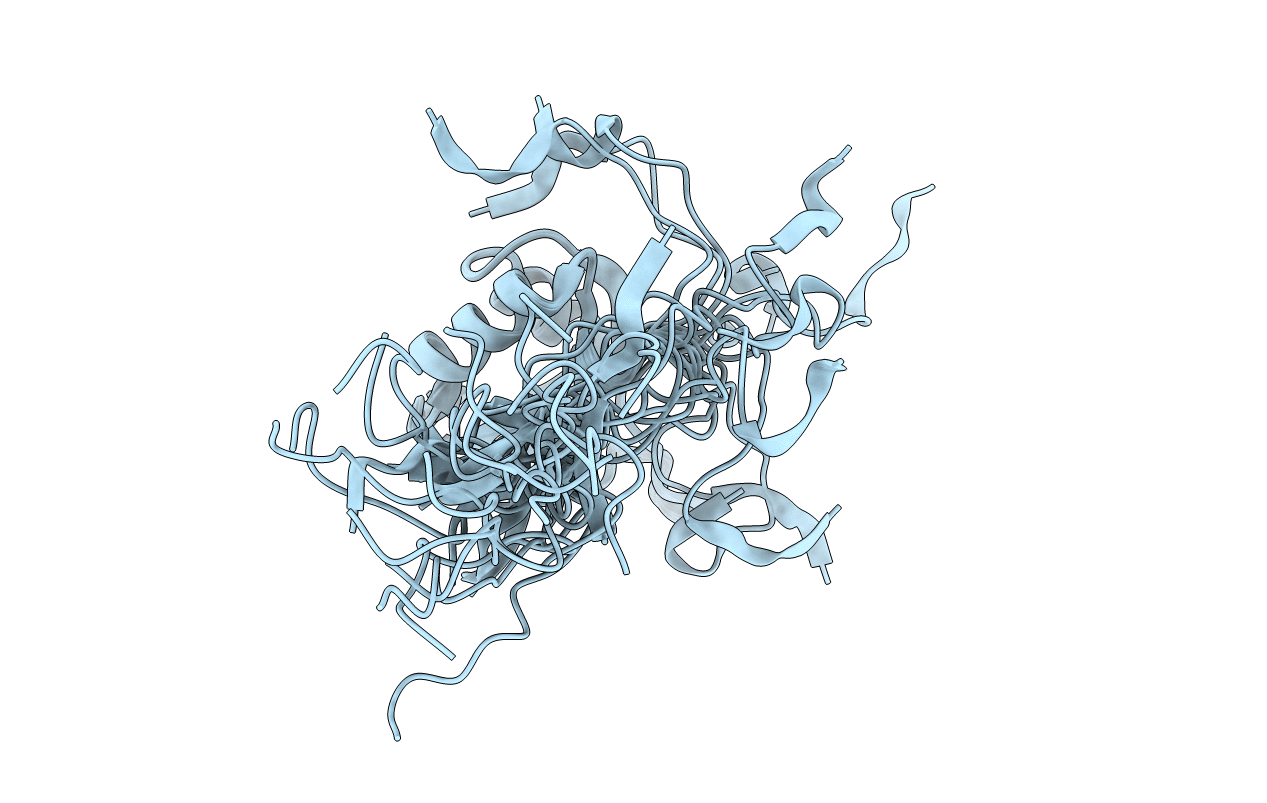
Deposition Date
2016-09-06
Release Date
2017-04-12
Last Version Date
2025-03-19
Entry Detail
PDB ID:
5GVQ
Keywords:
Title:
Solution structure of the first RRM domain of human spliceosomal protein SF3b49
Biological Source:
Source Organism:
Homo sapiens (Taxon ID: 9606)
Host Organism:
Method Details:
Experimental Method:
Conformers Calculated:
200
Conformers Submitted:
20
Selection Criteria:
structures with the least restraint violations


